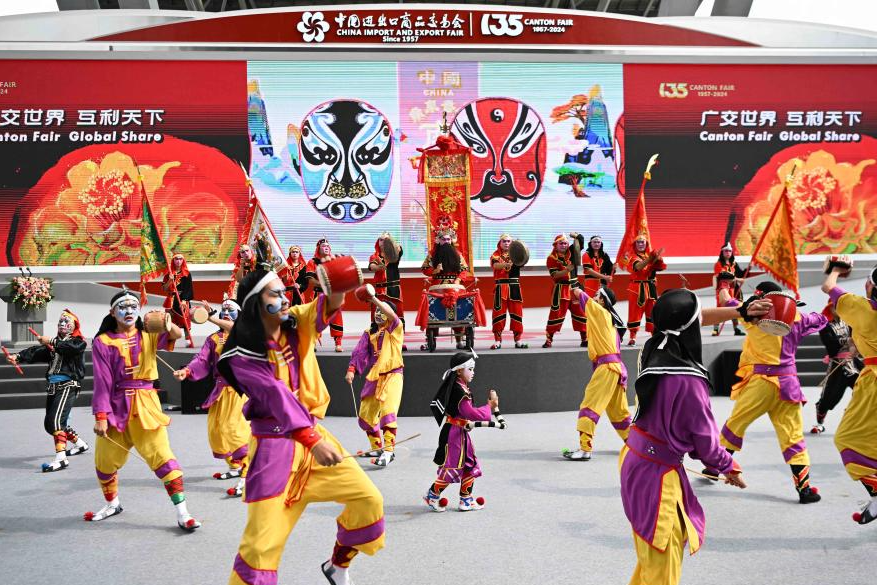Insufficient demand now biggest challenge facing business vitality


Therefore, China's economic recovery has entered a new stage where insufficient demand is now the biggest challenge facing economic vitality.
The country also faces the risk of deflation amid weak demand.
Particularly, the year-on-year growth in the producer price index-the gauge of factory-gate prices-has been on a downward trajectory for four months in a row and was deeply in negative territory of-3.7 percent in May. All this showed that depression may have occurred in the industrial sector.
Meanwhile, the core consumer price index-which excludes food and energy prices-grew by less than 1.5 percent year-on-year for four consecutive months and stood at only 1.1 percent in May, pointing to insufficient aggregate demand.
Shriveling external demand could put further pressure on overall demand. China's exports registered growth on a yearly basis in April and May. But the impact from the deteriorating external environment on overall demand has just begun to manifest itself.
The downside pressure on external demand may become full-blown in the third quarter as it takes time for the global pandemic to translate into shocks on trade flows.
Both microeconomic surveys and macroeconomic leading indicators revealed that China's export orders may face a substantial drop from the end of the second quarter and into the third quarter.
In the face of anemic demand, China must switch the main task from government-driven work resumption to rapidly expanding effective demand in order to narrow the supply-demand gap. The expansion of demand should outpace that of supply.
This means that on top of providing subsidies for medium, small, and micro businesses, the government should step up efforts to facilitate expansion of investment and consumption demand.
For instance, part of the bailouts for producers can instead be government procurements or other types of assistance to light a fire under new orders. Assistance for small enterprises is still important, but the authorities must be vigilant against excessive credit expansion.
In short, demand-side stimulus must outweigh supply-side assistance as China steps into the new phase of economic recovery. The rally in production is now driven by market demand instead of government encouragement.
Measures to boost market demand will rebalance supply and demand, prevent the supply-demand gap from causing business closures and act as a safety valve against further deterioration in external demand.
The author is vice-president of Renmin University of China.




































